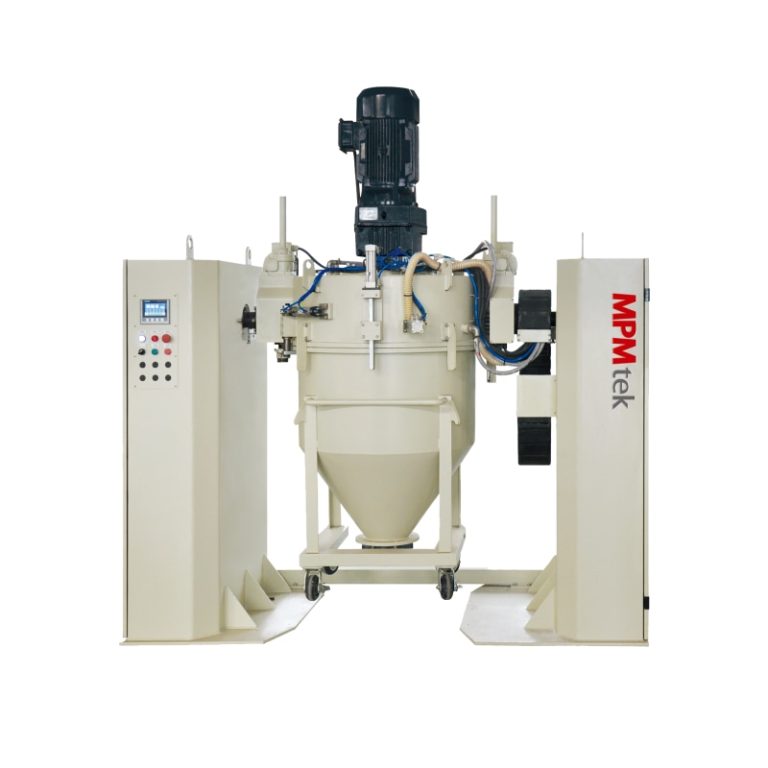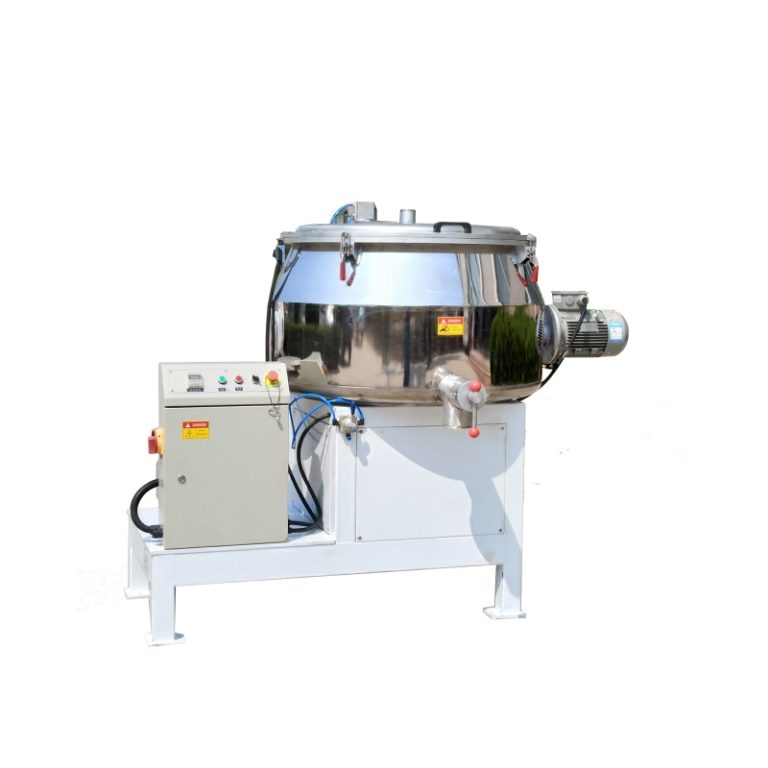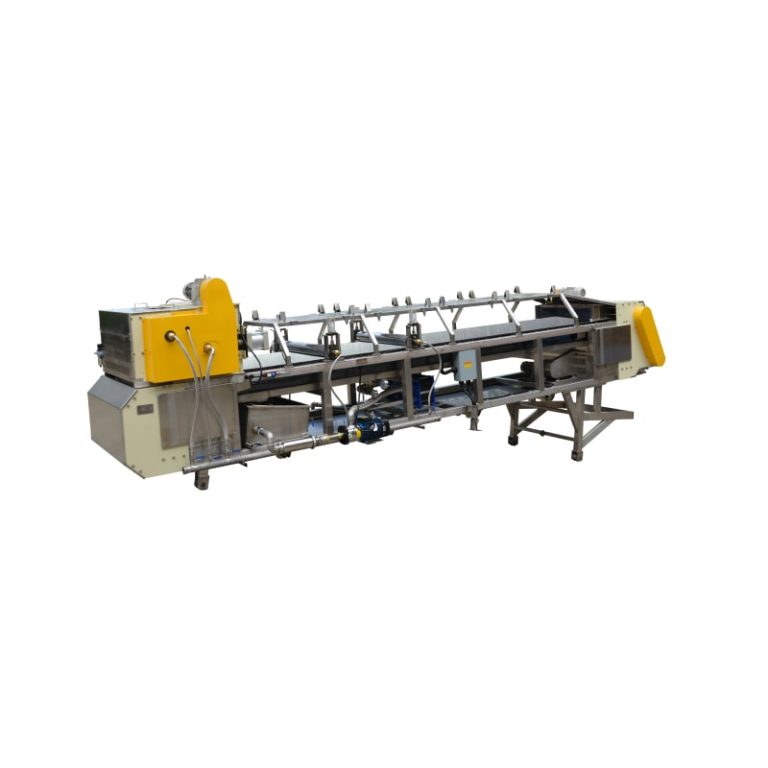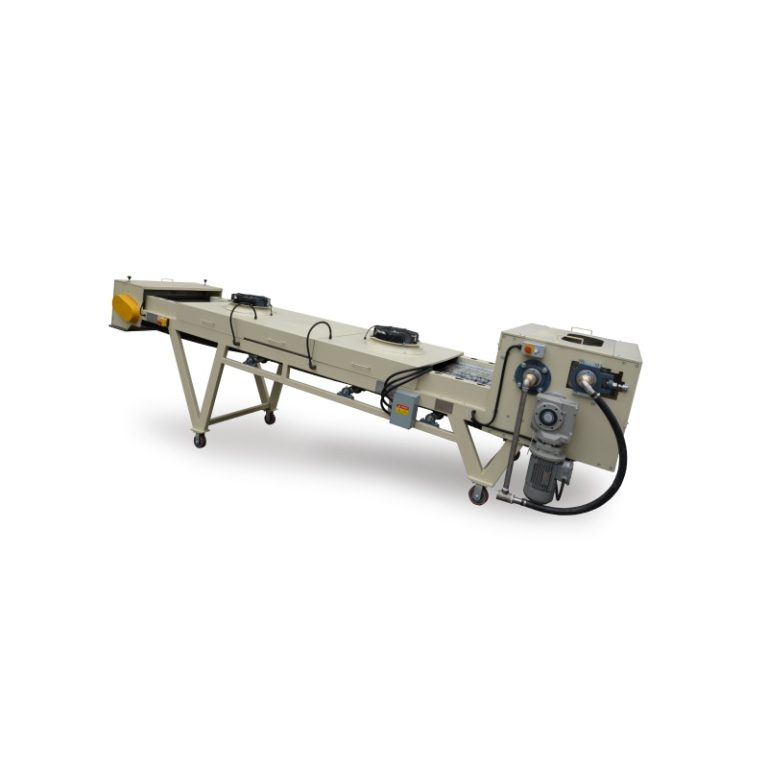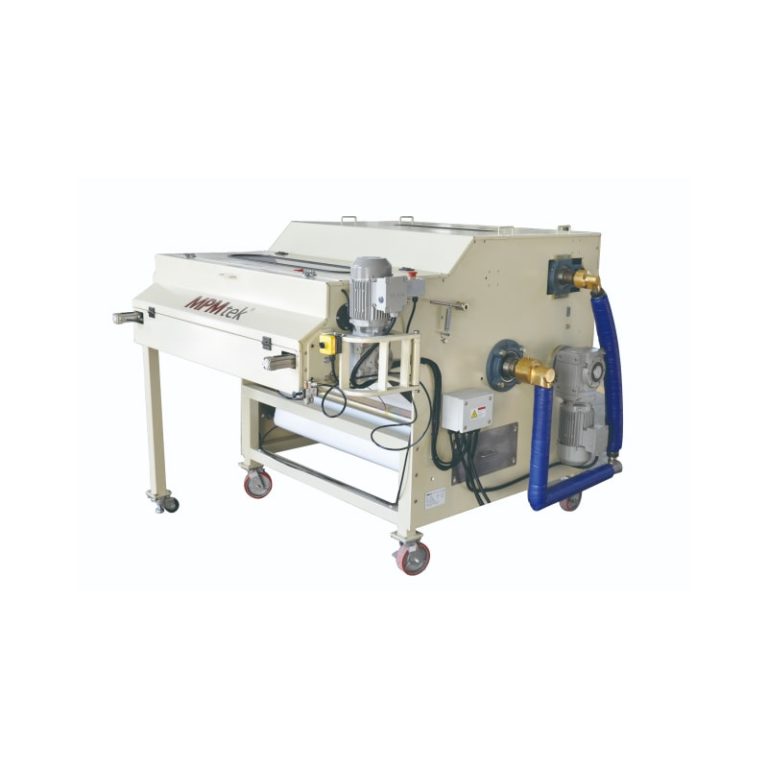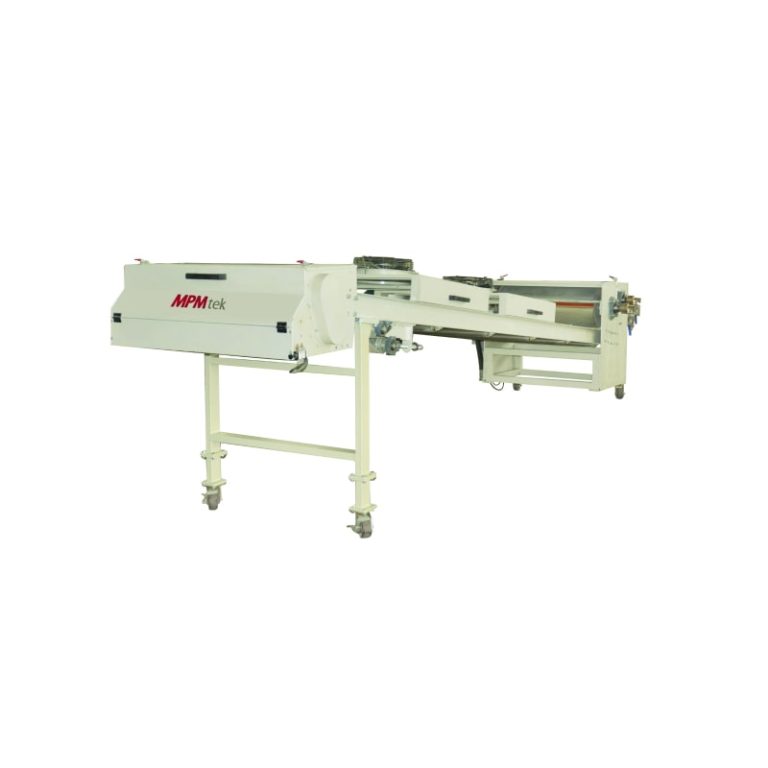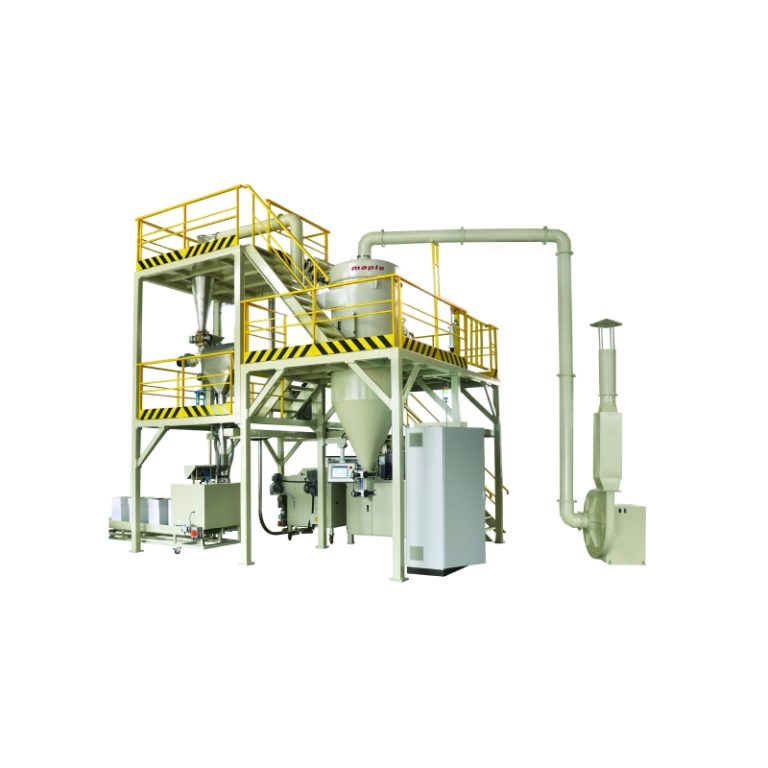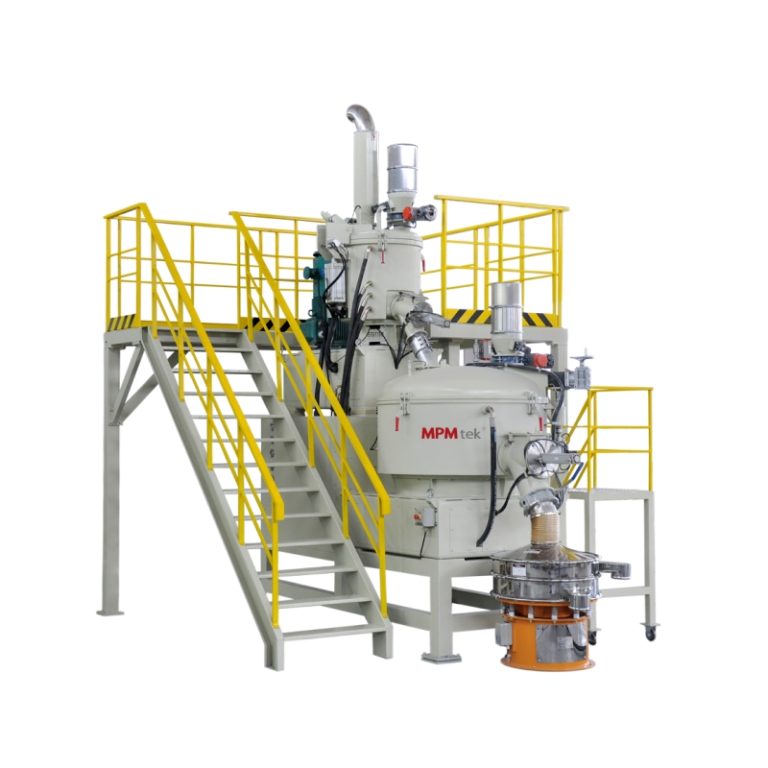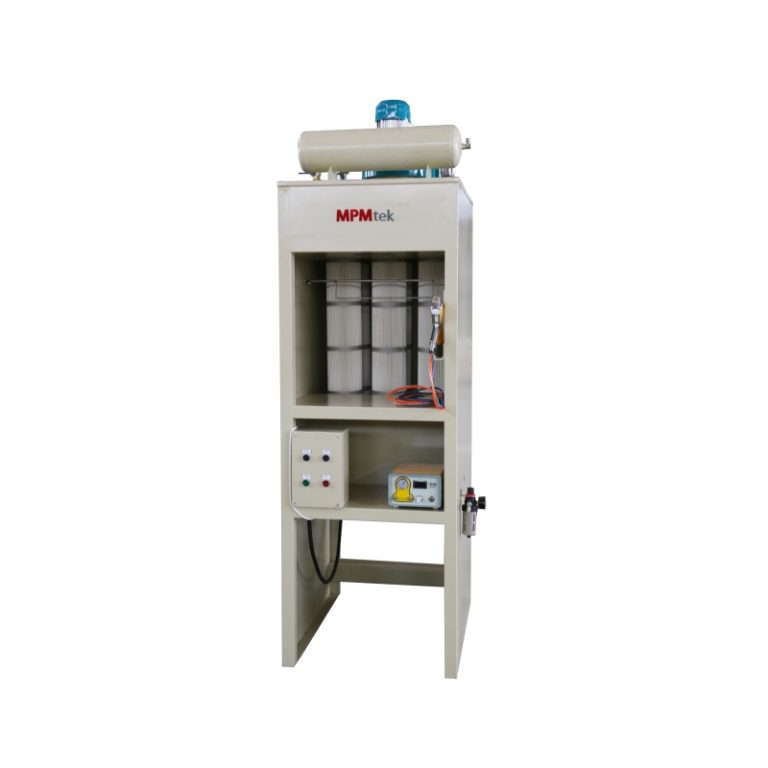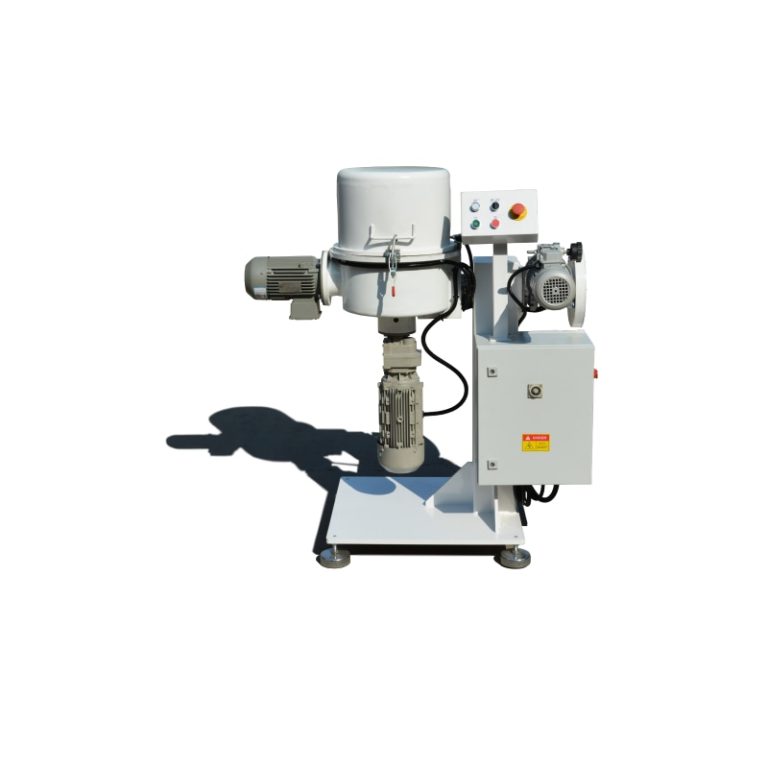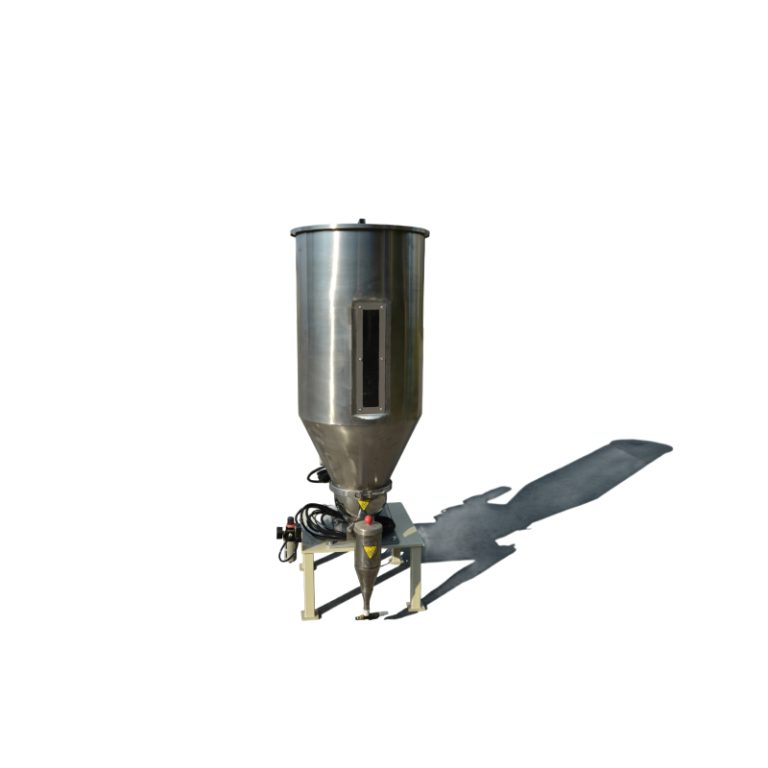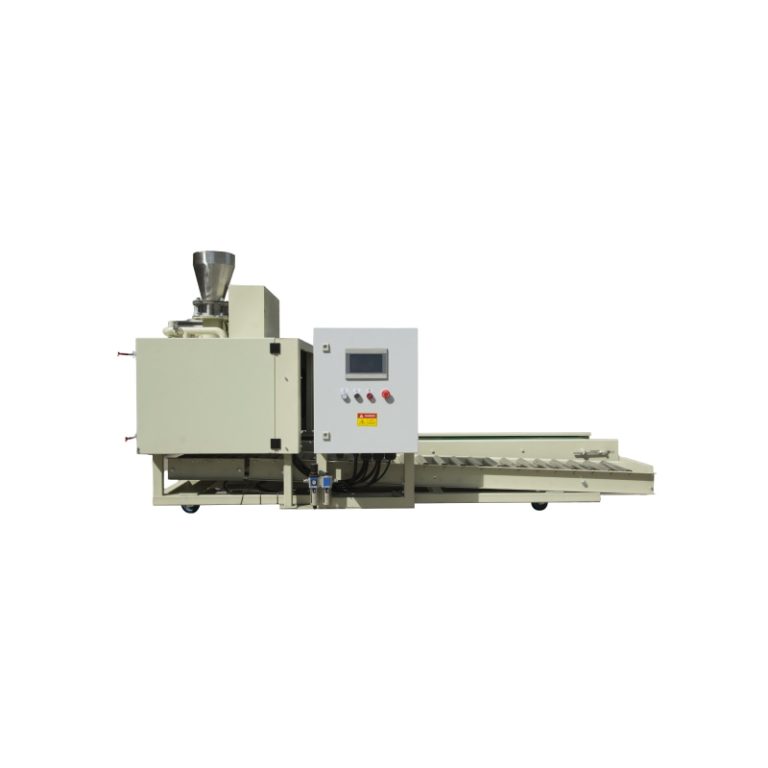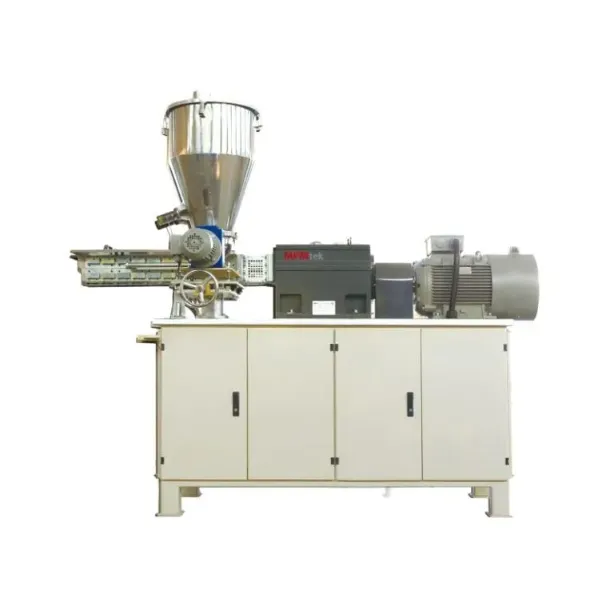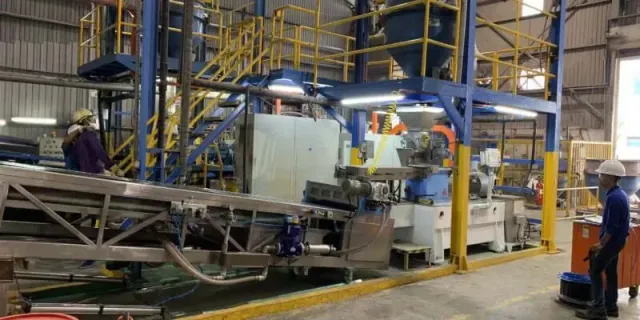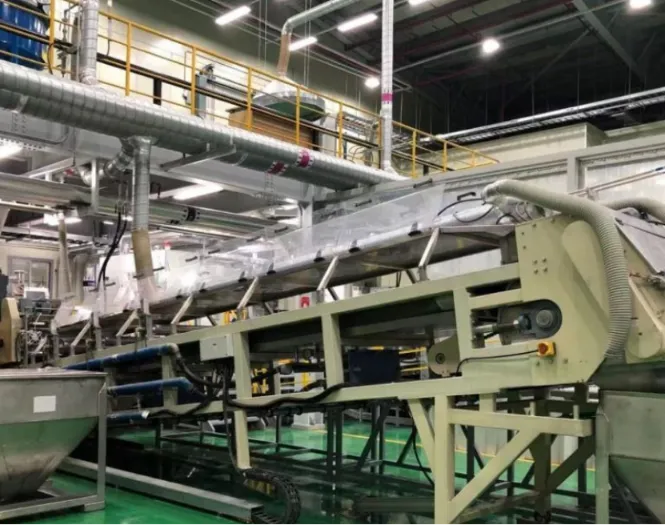
Introduction
Extruder performance matters a lot in powder coating production. It impacts how well the final product turns out. Picking between twin screw and single screw types affects efficiency, consistency, and overall costs. This guide breaks down the differences to help match the right extruder with specific production needs.
The Role of Extruders in Powder Coating
How Extruders Shape the Coating Quality
Extruders melt, disperse, and homogenize powder materials. That’s their main job. The process directly affects pigment dispersion, gloss levels, and how uniform the coating ends up. Good extrusion means pigments mix evenly, avoiding clumps that could ruin the finish. Poor mixing? You get streaks or dull spots. It’s all about getting that smooth, vibrant result customers expect.
Position in the Production Line
The powder coating process usually starts with premixing ingredients. Then comes extrusion, followed by cooling, crushing, grinding, and sieving. Temperature control is huge here; too hot, and materials degrade. Shear force also plays a key role it breaks down particles for better blending. Mess up these, and the whole line suffers. Sometimes folks overlook shear, but it really determines if the coating holds up in tough conditions like outdoor exposure.
Twin Screw Extruders – High Precision and Mixing Power
Design Overview
Twin screw extruders feature co-rotating screws inside segmented barrels. These allow for precise temperature zones along the length. The setup gives more control over the process. Screws can be modular, swapped out for different tasks. It’s a flexible design that handles varying materials well.
Performance Advantages
These machines shine in dispersing pigments and fillers thoroughly. They push higher throughput with shorter residence times, meaning less heat exposure for sensitive components. Color stays consistent batch after batch. Thermal control is spot on, preventing overheating. Ever notice how some coatings fade quickly? Twin screws help avoid that by mixing everything just right.
When to Choose a Twin Screw
Go for twin screw when dealing with multi component formulas, color critical jobs, or weather resistant coatings. They’re great for R&D setups and high performance industrial applications. MPMtek integrates advanced temperature control and modular screw design in its twin screw extruders, offering reliable performance for complex powder formulations.
Single Screw Extruders – Simplicity and Cost Efficiency
Core Features
A single screw extruder has one rotating screw that conveys and mixes materials steadily. The design stays compact, which means less space needed in the plant. Maintenance is straightforward; fewer parts to worry about. It’s built for reliability without all the bells and whistles.
Performance Characteristics
These extruders cost less upfront and use less energy overall. Output remains consistent, especially for standard epoxy and polyester coatings. They don’t overcomplicate things, which is a plus in steady production runs. Sure, mixing isn’t as intense, but for basic needs, it gets the job done efficiently.
Best Use Cases
Single screws fit high volume operations where costs matter most. They’re ideal for formulations that skip heavy mixing or quick color switches. Think large scale production of everyday coatings no need for fancy tweaks. Some operators swear by them for keeping things simple and running smooth day in, day out.

Twin vs Single Screw Extruders – A Performance Comparison
| Criteria | Twin Screw | Single Screw |
| Mixing & Dispersion | Excellent | Moderate |
| Output Capacity | High | Medium |
| Energy Efficiency | Moderate | High |
| Process Control | Precise | Basic |
| Maintenance | Moderate | Easy |
| Ideal For | Complex, high quality coatings | Simple, large volume coatings |
Summary of Key Differences
Twin screw extruders stand out for quality and flexibility. They handle tricky mixes with ease. Single screw types, though, take the lead in simplicity and affordability. No frills, just solid performance on a budget. Choosing boils down to formula complexity and how much output the operation demands. Sometimes, folks jump to twin screws too soon, but if the job’s basic, why complicate it?
Factors to Consider When Choosing an Extruder
Resin Type and Additives
Resins react differently in extrusion. Some need extra mixing energy to disperse fully. Additives like fillers or hardeners can clump if not handled right. Epoxy might flow easy, but polyester could require more shear. It’s worth testing samples to see what works best. Overlook this, and quality dips fast.
Target Production Capacity
Match the extruder’s screw diameter and length to diameter ratio to throughput goals. Bigger setups handle more volume, but they cost extra. Think about daily output needs. A mismatch leads to bottlenecks or wasted capacity. Plants often scale up gradually, starting small to avoid big risks.
Energy Consumption and Maintenance
Look at total ownership costs: energy bills, cleaning downtime, spare parts availability. Twin screws might eat more power but save on rework from bad batches. Single screws keep things cheap and easy to fix. Downtime hurts profits, so pick based on how often the line runs. And yeah, regular checks prevent surprises, like a worn screw halting everything.
Conclusion
Twin screw extruders offer top notch mixing precision and control. They tackle complex tasks head on. Single screw extruders provide a reliable, low cost choice for simpler formulas. Evaluate production needs closely before deciding. Whether aiming for high performance coatings or efficient large scale production, MPMtek provides extrusion systems engineered for reliability and consistent quality. Learn more about our powder coating equipment solutions on our website.
FAQ
Q1: What is the main difference between twin and single screw extruders?
Twin screw extruders provide better mixing and dispersion for complex formulas, while single screw ones focus on simplicity and lower costs for basic production.
Q2: When should a manufacturer switch to a twin screw extruder?
Consider switching if dealing with multi component coatings that need precise color consistency or when R&D requires flexibility in testing new formulations.
Q3: Are single screw extruders suitable for high volume production?
Yes, they work well for large volumes of standard coatings like epoxy or polyester, where intensive mixing isn’t necessary.
Q4: How does extrusion affect powder coating durability?
Proper extrusion ensures even pigment dispersion and homogenization, which improves gloss, uniformity, and resistance to weathering or wear.
Q5: What maintenance tips apply to both extruder types?
Regular cleaning prevents buildup, check temperature zones often, and replace worn parts promptly to avoid downtime. Always follow manufacturer guidelines for best results.

